Tighten suddenly, open too cautiously
According to information from the State Bank of Vietnam (SBV), credit lending to the economy in the first 10 months of 2023 reached more than VND 12.8 million billion, an increase of 7.39% compared to the end of 2022. Thus, compared to the credit growth target for the whole year of 2023 at 14 - 15%, this figure is only approximately 50%. Meanwhile, with just over 1 month left until the end of 2023, the slow credit growth is also a cause and reflects Vietnam's quite low economic growth.
Dr. Huynh Thanh Dien (Nguyen Tat Thanh University) commented that in the fourth quarter of 2022, the State Bank of Vietnam tightened credit too much, and banks even stopped lending to the real estate sector, causing a series of businesses to go bankrupt and the market to "freeze". That sudden and excessive tightening spread, causing commercial banks to start restricting lending in many sectors, while aggressively increasing interest rates. These difficulties continued until 2023. Many businesses had difficulty borrowing due to their credit limits being lowered. Even in the middle of this year, the Prime Minister asked the State Bank of Vietnam to pay attention to real estate credit to support the market, but banks were still hesitant and not open to this sector. In particular, regarding the reduction of interest rates, although the interest rate on mobilizing savings deposits has decreased sharply, the interest rate on old loans of businesses is still very high. This makes it even more difficult for businesses, as they have to shoulder huge capital costs.

Need to manage credit growth promptly to unblock capital flow for the economy
According to the Prime Minister's telegram, the State Bank of Vietnam needs to urgently and comprehensively review the credit granting results of the credit institution system for the economy, each industry and each field; the credit granting results of each credit institution and commercial bank up to the present time to have timely, effective and feasible measures to manage credit growth in 2023, ensuring adequate credit capital supply to serve the economy and the safety of the credit institution system, absolutely not allowing congestion, stagnation, delay, or untimely. In case of any content beyond the authority, promptly report and propose to the competent authority according to regulations; be responsible to the Government and the Prime Minister for credit growth management. Report to the Prime Minister on the situation and implementation results before December 1.
New evidence is given when advising a business to transfer debt from one bank to another when the old loan had to pay an interest rate of 14.5%/year, but after many negotiations the bank still reported the interest rate was 11%/year. Dr. Huynh Thanh Dien said that when transferring the loan to another bank, the preferential interest rate for the first 2 years was only 6.5%/year.
"Many commercial banks still deliberately maintain very high interest rates for old loans. I see that many businesses still have to pay interest rates at 12 - 14%/year. The regulation allowing debt transfer from one bank to another is a way for banks to compete to lower lending rates. But if the bank does not cooperate to confirm the debt, businesses cannot do it. In addition, many commercial banks, when calculating floating interest rates for old loans of customers, take the base interest rate plus a margin of 3.5 - 4%. But here they take the base interest rate to include input mobilization interest rate plus operating costs, so it is still very high. Does the State Bank manage this issue? It is necessary to solve this problem to hope that the general level of lending interest rates in the market will decrease as quickly as the set target and be fair like deposit interest rates", Dr. Huynh Thanh Dien raised the issue.
Issue many but implement slowly
Dr. Can Van Luc, a financial expert, also said that in 2022, due to difficulties in the banking system's liquidity and rapid credit growth in the first two quarters of the year, the State Bank of Vietnam will control the credit room quite tightly in the last quarters of the year. It was not until early December 2022 that the credit room for banks was loosened, which was quite late. In 2023, the situation is different, the credit room has been fully granted earlier, but basically the demand and capital absorption capacity of enterprises in particular and the economy in general have slowed down. Therefore, in order to increase the capital absorption capacity of enterprises and people, it is necessary to continue to reduce the lending interest rate level in monetary policy. Credit institutions should consider and review more flexibly credit conditions (including collateral) and see this as a solution to increase access to customers. At the same time, the Government continues to effectively coordinate policies (especially between monetary policy, fiscal policy and other macroeconomic policies) to ensure macroeconomic stability, continue to reduce interest rates, stabilize exchange rates, prices of essential goods and financial, land and real estate markets.
According to economic expert Vo Tri Thanh, many policies related to credit and capital sources have been issued. For example, the VND120,000 billion credit program for loans for social housing, housing for workers, renovation and reconstruction of old apartments; the VND15,000 billion credit program for loans for the forestry and fishery sectors with preferential interest rates lower than normal lending rates... The important issue is that implementation is still slow. In addition, the real estate sector is also related to legal difficulties and problems, which also slows down credit growth for this sector. Therefore, relevant ministries, branches, and the State Bank must implement the proposed policies more drastically so that capital flows can be unblocked and support businesses to contribute to economic growth.
Dr. Huynh Thanh Dien specifically proposed: The State Bank must review and prioritize increasing credit room for banks that are associated with real estate companies to prioritize lending to implement projects under construction as well as disbursing to buyers. This will create more jobs in many fields, creating a widespread spread for many industries in the economy. At the same time, this is the end of the year when businesses and ordinary people have a very high demand for capital. This is also an opportunity for banks to increase lending opportunities and bring money to the economy. Banks must also prioritize customers borrowing medium and long-term capital to invest in projects and development plans. Because many businesses have reflected that since the end of 2022, when interest rates increase and credit is tightened, borrowing medium and long-term capital is more difficult and interest rates are also very high compared to short-term loans. This is also a bottleneck that needs to be paid attention to by the State Bank to urge banks to increase clearance and bring capital to the market in a timely manner.
"Vietnam's economy is inherently heavily dependent on credit from the banking system because the capital market is not yet strongly developed. Currently, world inflation has also decreased sharply compared to before. Vietnam's inflation is assessed to no longer be at high risk and is under control. Therefore, it is necessary to expand monetary policy. Especially at the end of the year, when businesses need capital to increase production and meet domestic and foreign market demand, which is gradually showing signs of recovery," Dr. Dien emphasized.
Source link








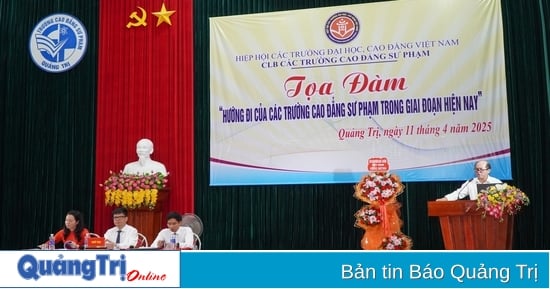








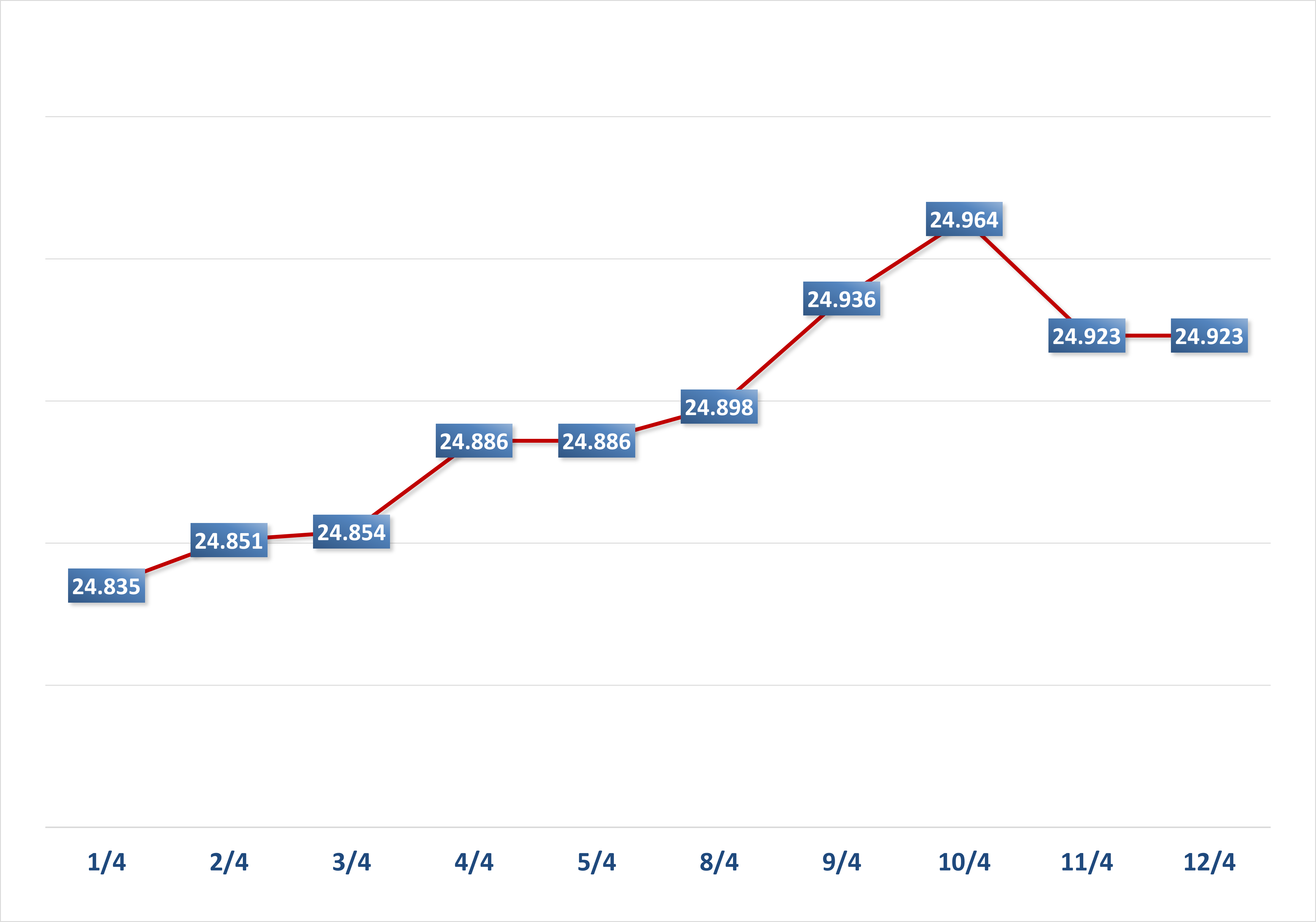














![[Photo] "Beauties" participate in the parade rehearsal at Bien Hoa airport](https://vstatic.vietnam.vn/vietnam/resource/IMAGE/2025/4/11/155502af3384431e918de0e2e585d13a)







































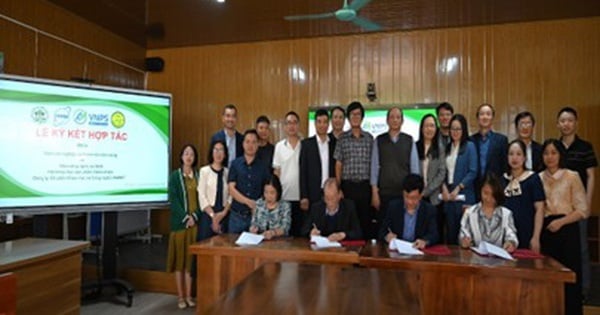


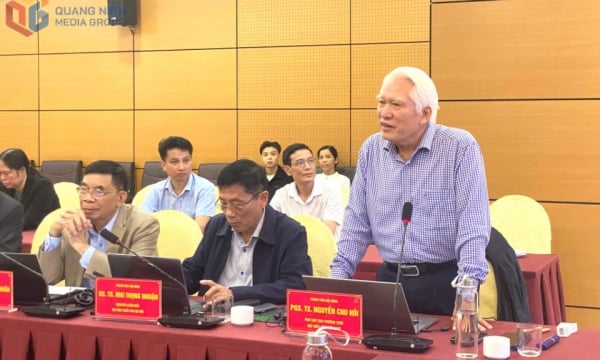






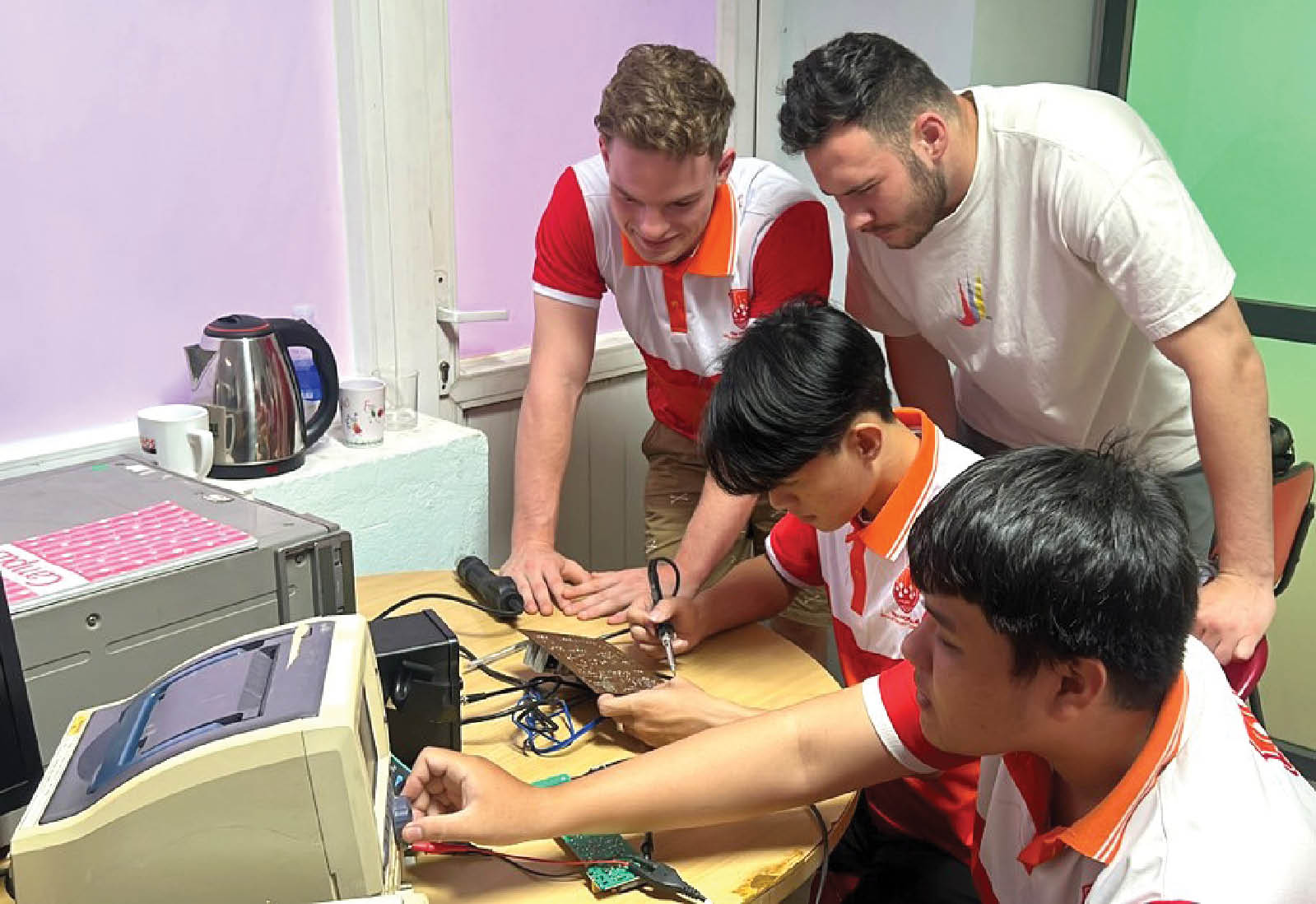













Comment (0)